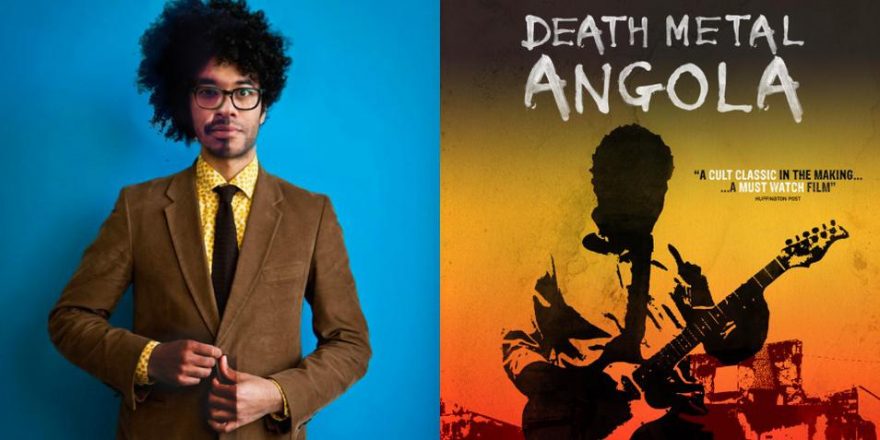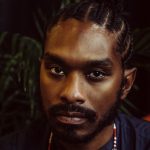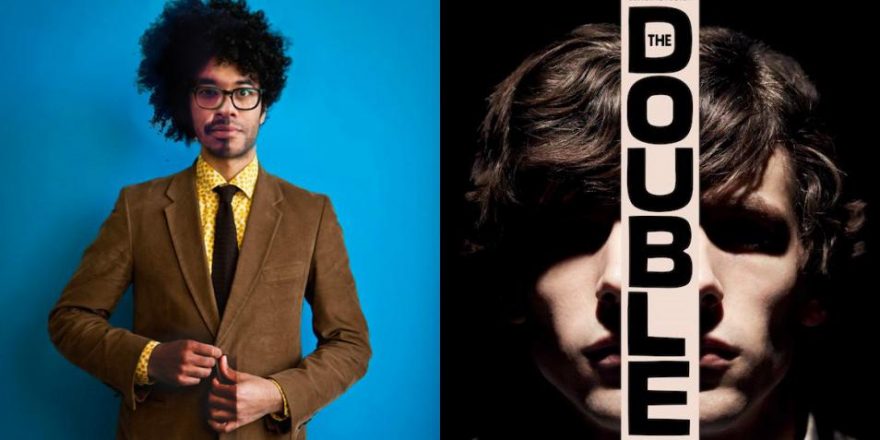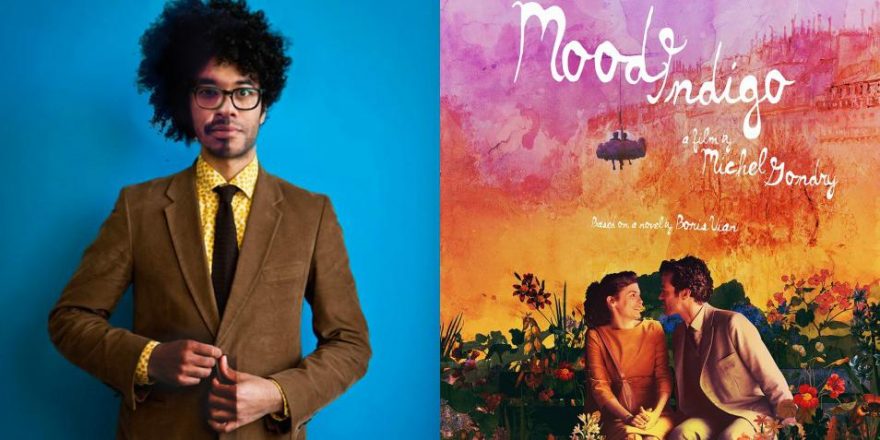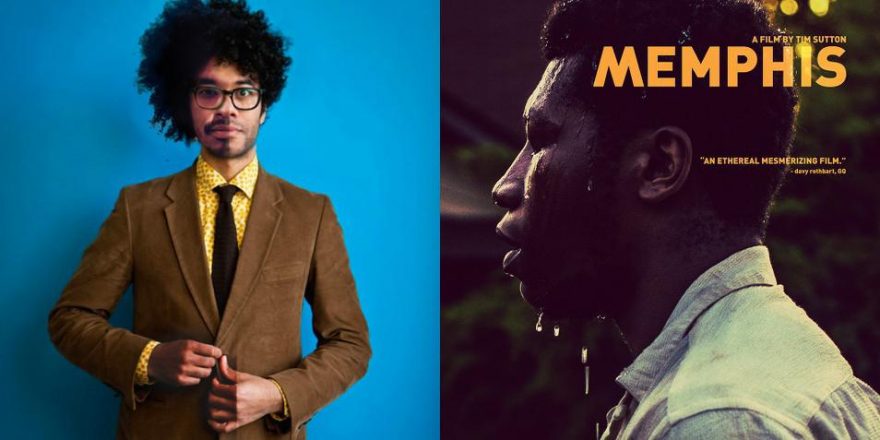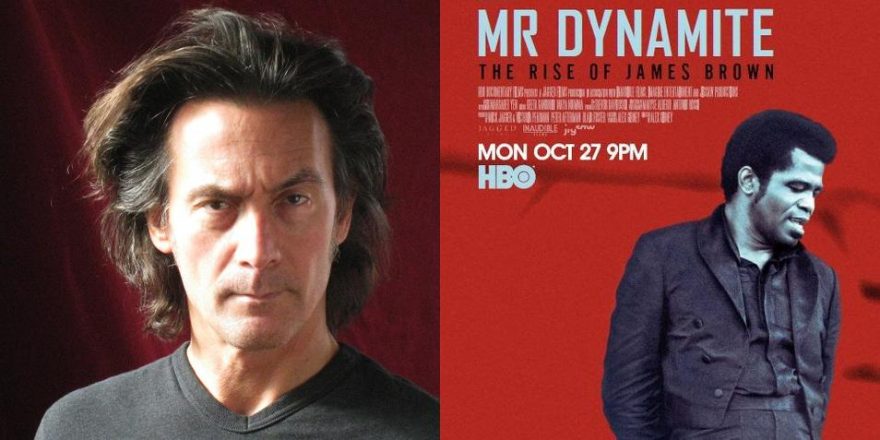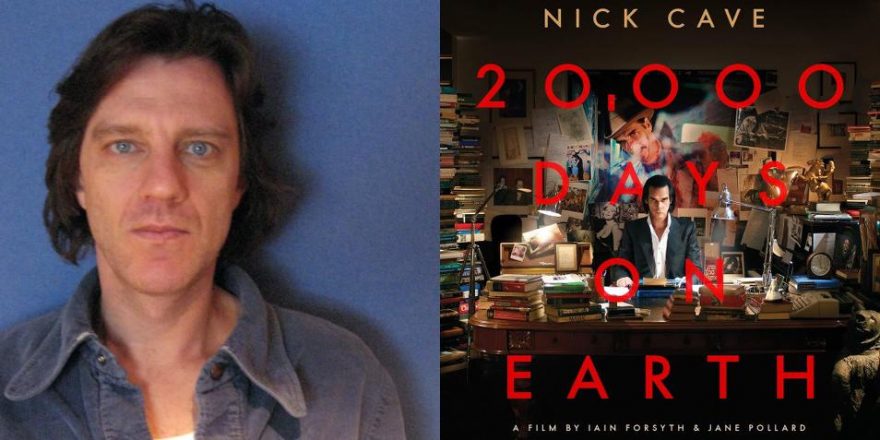I have delusions of grandeur and fancy myself not so much an intellectual, more someone with the potential to be cited in one of those “books of quotes” that one could find near the cash register at Barnes & Noble. A Hugh Prather type, but less esoteric. This means I sometimes construct book-ready quotes that are insightful and tragic and maybe even darkly comical, and that could — when the time comes — be attributed to me in book form, page 47 or so, italicized.
One of those nuggets — conceptualized for the aforementioned book — came to mind while watching the elegiac sections of Jeremy Xido’s documentary Death Metal Angola during which the survivors of Angola’s post-independence civil war recount the horrors of this ubiquitous kind of postcolonial war that happens in the wake of African, Caribbean, South American and South Asian countries’ independence movements during which the people — against the odds — break free from a white-supremacist European nation’s rule and as punishment for achieving this “freedom” are militarily, economically and socially fucked with by said former white-supremacist European country’s clandestine paramilitary spy organization so that transnational corporations may continue to exploit said postcolonial nation for resources or culture, or maybe just in the service of reinforcing their own institutional sociopathy….
You know. That war.
Anyway. My nugget was very morose, maybe even fatalistic, and it went something like this: I know humanity is cursed because of one fact: the process of healing does not obey the laws of nature, the laws of physics. Whereas, in general, each action has an equal and opposite reaction, the same cannot be said for inflicted violence, inflicted pain. Tragically, one small act of violence, one transgression against someone’s personhood and humanity, almost always creates and propagates a tidal wave of pain, despair, retribution, anguish and death that far outweighs, outsizes and outpaces the inciting evil. What then can be expected of healing? It only takes a moment to make someone bleed; it takes weeks for the cut to heal, and the healing process can only happen given the right circumstances. This inequity is the most tragic I know. Its existence is a curse.
Death Metal Angola is supremely effective because it distills this larger tragedy into what at first seems like a trite gimmick. Like, “Wow!!! Africans playing Death Metal!!!!” Five minutes into the film, the bait-and-switch becomes apparent. The seemingly odd juxtaposition of abrasive Nordic rock music and Black bodies is just a means of packaging what is actually a tragedy-to-triumph story about postcolonialism and certain resilient, angelic, saintly characters who, due to their inherent genius, discipline and will, are able to transcend the fog-like horror that lingers in the ruins and minefields that surround them. The legacy of that war.
The central figures are Sonia Ferreira and Wilker Flores, a couple who run the Okutiuka orphanage in Huambo, Angola’s second largest city, and produce death metal concerts — in other words, Cinematic as ______. They are good-natured and particularly lucid when articulating the legacy of the war and the current day-to-day at the orphanage, which is framed as a direct consequence of the war and the loss of life inherent to it.
They have fewer words for how their passion for death metal plays into all that. They say something early in the film that hints at the obvious — it’s a vehicle for release, or catharsis, or something like that. Wilker generally lets the music do the talking.
He’s a type of guy that we all know, the one who always has a guitar in his hand, processing the world through a new song or melody. That’s how the music plays out in this film which — on the poster — is about music. Almost all of the music is diegetic and emanates from someone’s instrument on screen. For the first hour of Xido’s movie, we mainly get glimpses of Wilker noodling, or practicing, or teaching, or of another band practicing.
In the most emotionally affecting scene in the film, Wilker and Sonia are relaxing after a long day. Their kids are around them, and Wilker is playing the guitar, as is his habit when a spare moment arises. A security guard enters the room with a precocious-looking nine-year-old boy who we will learn is called Pancho. He has been abandoned by his family, who put him on a bus from another city. Pancho has landed in Huambo with no place to go. Sonia handles the situation in a way that seems at once like a store manager dealing with a transactional routine that she has resolved regularly, and like a supremely emotionally engaged matriarch not allowing the human tragedy of what’s playing out here to escape her. Watching her walk that line is awe-inspiring. And it’s almost as if Wilker is scoring the scene with his acoustic guitar: he’s sitting and listening, playing something that seems designed to reduce the stress that’s probably inevitable when an orphaned boy is left on your doorstep.
I’m a sucker for a vérité approach to any film and Death Metal Angola uses it to great effect. Even the sitdown interviews with Sonia feel captured in the moment, maybe over tea. The truth of her hard life mixed with her unflinching, relentless and loving spirit, which is deep set in her eyes. She is tired but undeterred, and the way she is documented, allowed to luxuriate in the frame, and love these children casually, is refreshing, especially given my initial expectation that she’d have an electric guitar and be on stage screaming about the Devil or something.
Many other films have tackled postcolonialism and the death of the industrialized world with a vérité approach, and documentaries such as Darwin’s Nightmare and Detropia run deep in the bloodline of Death Metal Angola. I most appreciate how cinematic the approach to this story is. It’s shot in 2:35, and is covered like a narrative film. Each moment feels authored and cared for. The characters are in need of a platform and this film provides it in a way that is timeless and endearing — and it rocks.


